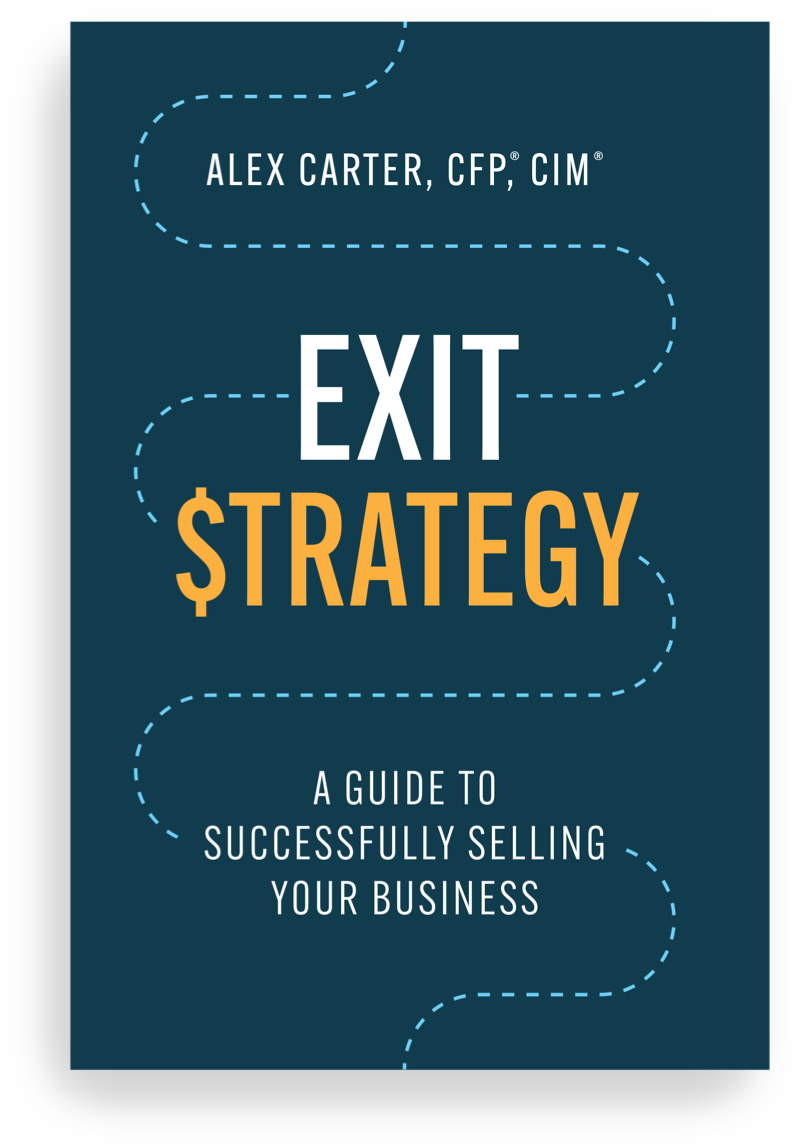We all know inflation is a problem. We see it at the grocery store, we feel it when we’re shopping for clothes, and we hear about it everywhere these days.
But every cloud has a silver lining. And it turns out there are some advantages to surging prices.
So, without further adieu, and in the spirit of looking on the bright side, let’s look at 2 upsides to the current bout of heightened inflation.
More Contribution Room for Tax-Free Savings Accounts (TFSAs)
Introduced in 2009, Tax-Free Savings Accounts (TFSAs) are a wonderful way for Canadians to save—whether for their retirement or some other purpose. TFSA contributions are made with after-tax dollars, unlike RRSPs. As a general rule, any income—whether interest or capital gains—within a TFSA isn’t subject to tax, as the name suggests.
The year that TFSAs were rolled out, Canadians could contribute up to $5,000. Ever since, the government has adjusted that amount, to reflect the effects of inflation. And with consumer prices rising at a rate of 7% annually, a big jump in allowable contributions is coming. As the Globe and Mail recently noted, the TFSA contribution limit for 2023 is rising to $6,500 from $6,000 in 2022. Investors who can maximize their contribution should do so.
Lower Effective Tax Rates
Tax rates aren’t changing. But what is changing—again due to inflation—is how much you must make to pay tax at various marginal rates (i.e. the tax brackets). Per the Globe:
The top federal tax rate of 33 per cent will apply to taxable income above $235,675. That is up from $221,708 this year. The 29 per-cent rate will kick in at $165,430, up from $155,625. The 26-per-cent tax rate will start at income above $106,717, compared with $100,392 for 2022. And the threshold for the 20.5 per-cent rate will begin at $53,359, instead of $50,197.
The Globe’s columnist, Erica Alini, makes the crucial point that people who haven’t seen their earnings rise in tandem with inflation benefit from these bracket changes:
“…many taxpayers whose earnings haven’t kept pace with inflation will see more of their income taxed at lower rates, with the biggest change in dollar terms happening at the top of the income ladder. For top earners, nearly $14,000 more will be eligible to be taxed at 29 per cent rather than 33 per cent.”
A Final Word
Is high inflation a good thing, on balance? No. But there are some definite upsides as we’ve shown. The key for investors is to make sure they capitalize on these silver linings. Those paying lower effective tax rates, for example, can take some of those savings and put them in a TFSA. Your future self will thank you!



